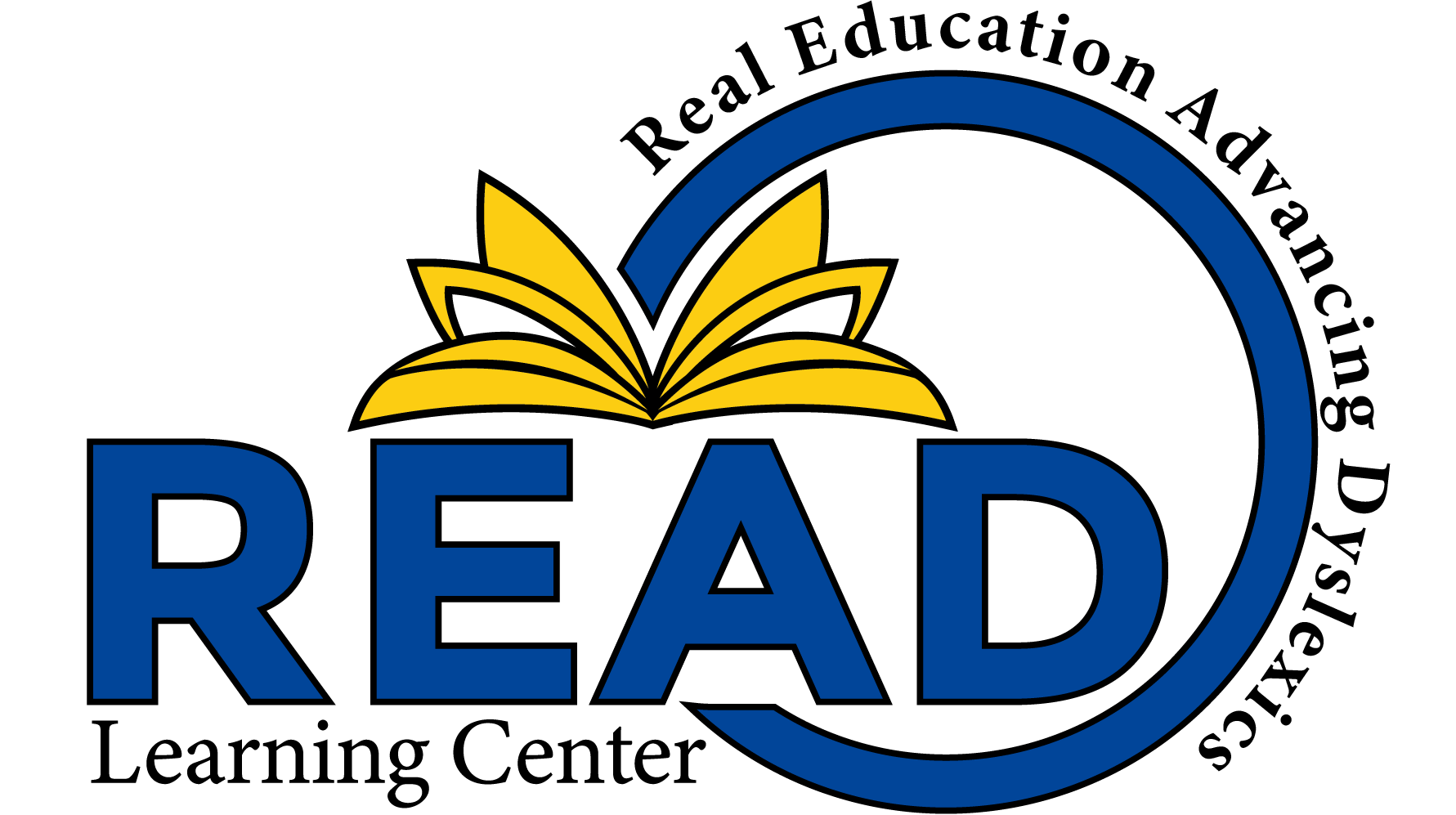
Table of Contents
Literacy in America
Literacy rates in America are- in short- not good. 65 percent of fourth graders read at a level considered basic or below. 54 percent of US adults 16-74 years old read below a sixth-grade level. For these Americans who struggle with literacy, the odds are stacked against them. Two-thirds of students who cannot read proficiently by the end of fourth grade will end up in jail or on welfare. According to the Anne E. Casey Foundation, a child who does not have reading proficiency by third grade is four times as likely to drop out of high school or graduate late- and eight times as likely if they are also Black or Hispanic and affected by poverty. These appalling statistics highlight a major issue within America’s education system: how we teach our children to read. At the moment, the majority of the US teaches reading through an approach called balanced literacy. However, science has proven time and time again that the phonemic-based approach of structured literacy leads to higher literacy rates.
Balanced Literacy
Balanced Literacy is an approach to reading and writing instruction that focuses on exposure to new vocabulary. It utilizes repetition and memorization of words alongside its three-cueing system: Meaning (“does it make sense?”), Sentence Structure (“does it sound right?”), and Visual (“Does it look right?”). Teachers are encouraged to ask these questions when a student struggles to read, promoting guesswork rather than understanding.
Repetition is a major component of balanced literacy. This is based on the assumption that reading is a visual memory process, rather than a cognitive one. Ideally, students would be exposed to a word enough times that they would store them in their memory as visual images. You can see an example of this in the book “Dick and Jane”.

However, this visual memorization process was disproven.
Promoters of balanced literacy also tote the phrase “picture power” to encourage the use of illustrations to understand text, but this only teaches students to disregard words in favor of guessing based on images. Teaching with “picture power” leads to situations where students will guess entire sentences incorrectly based on the picture they see. This is not reading, and it will not benefit them when they move to more advanced material or encounter words they are unfamiliar with.
Structured Literacy
The structured literacy approach uses sound recognition and decoding to teach students how to sound out words based on phonemic recognition and how letters interact with each other. It systematically introduces phonemes (verbal individual sounds such as /sh/ and /k/), and then graphemes (representations of sounds such as the letters SH and K). Once advanced enough, the student goes on to learn rules that will help them read and spell based on explicit directions. For example, the student will learn that in words with one syllable, F’s, L’s, S’s, and Z’s will be doubled at the end of a word (floss, buzz, tall, etc..). The student will also learn exceptions to the rule (bus, gas).

Structure literacy does not assume what the student already knows. Therefore, no student is left at a disadvantage due to differences in their background (a major disadvantage in balanced literacy). Language learning is also cumulative, so by not skipping or glossing over any lessons, a student can build a strong foundation and have a complete understanding of what they are reading/spelling.
Why Choose Structured Literacy?
Structured literacy is the solution for increasing the literacy rate in America. Not only is it scientifically backed, but structured literacy is accessible for students who are English-learning and those with learning disabilities such as dyslexia. Balanced literacy is not. The shift to structured literacy has been happening slowly, and even the strongest advocates of balanced literacy have begun to accept the overwhelming evidence in support of structured literacy. “Units of Study”, a curriculum that teaches balanced literacy, has been given a “does not meet expectations” by the nonprofit EdReports. As a result, the curriculum’s creator, Lucy Calkins, has decided to make alterations to her curriculum away from the 3-cueing system. She made a Facebook post outlining these changes toward a phonics-based system.
As more classrooms introduce structured literacy, the results are finding an increase in reading proficiency. In the Bethlehem school district in Pennsylvania, student reading proficiency increased from 47 percent to 84 percent after teachers learned about the science of reading and used explicit and systematic phonics instruction. Lynn Venable, a teacher in the Bethlehem School District says in response to the implementation of structured literacy, “My kids are successful, and happy, and believe in themselves. I don’t have a single child in my room that has that look on their face like, ‘I can’t do this.”.

Hello! I just would like to give a huge thumbs up for the great info you have here on this post. I will be coming back to your blog for more soon.
I?¦ve recently started a site, the information you offer on this site has helped me tremendously. Thanks for all of your time & work.